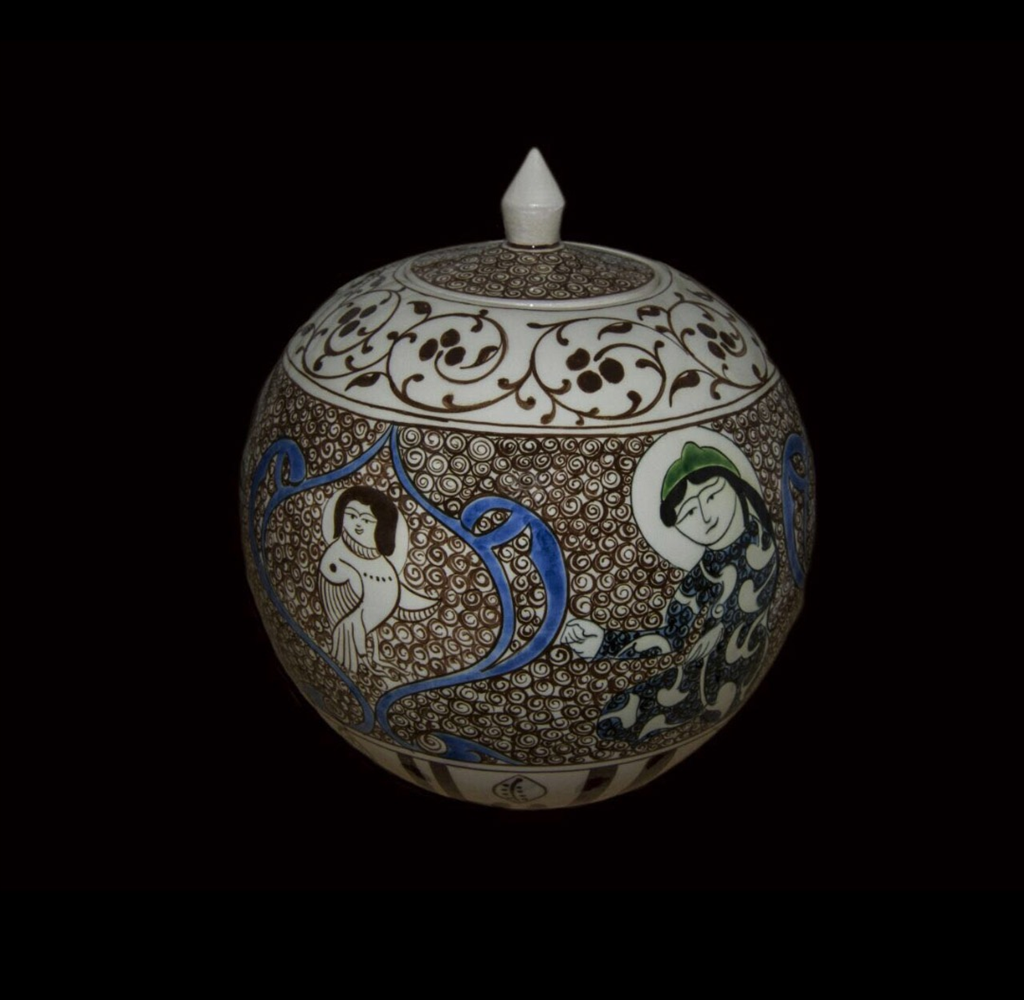Tile - E. Camkıran
UNESCO describes the development of tile art in the records as follows: 'Turkey is situated in the tile production and construction of stands out as a unique settlement with decorations Kütahya, has been one of the centers of tile making since the 14th century. In recent years, tile making has been revived here. Çanakkale has only a few tile workshops today, and a distinctive technique and decoration school has been maintained since the 18th century.
The history
After the dough obtained from clay soil is primed, dried and fired, the patterns prepared by piercing it with openwork technique on paper are transferred with charcoal powder. The outer contours of the pattern are drawn using a brush with black paint, using a process called tahrir. Colored patterns are baked at high temperature after glazing. Tile motifs feature geometric patterns, floral ornaments and animal figures from a deep-rooted tradition, and color and historical compositions such as red, cobalt blue, turquoise on a white or dark blue background. Tile, which we encountered mostly in architectural elements in the past, is also seen in decorative objects today.
Tile; It is registered in the UNESCO Representative List of the Intangible Cultural Heritage of Humanity (2016) under the name 'Traditional Tile Mastery'.













Comments
No comment left, would you like to comment?